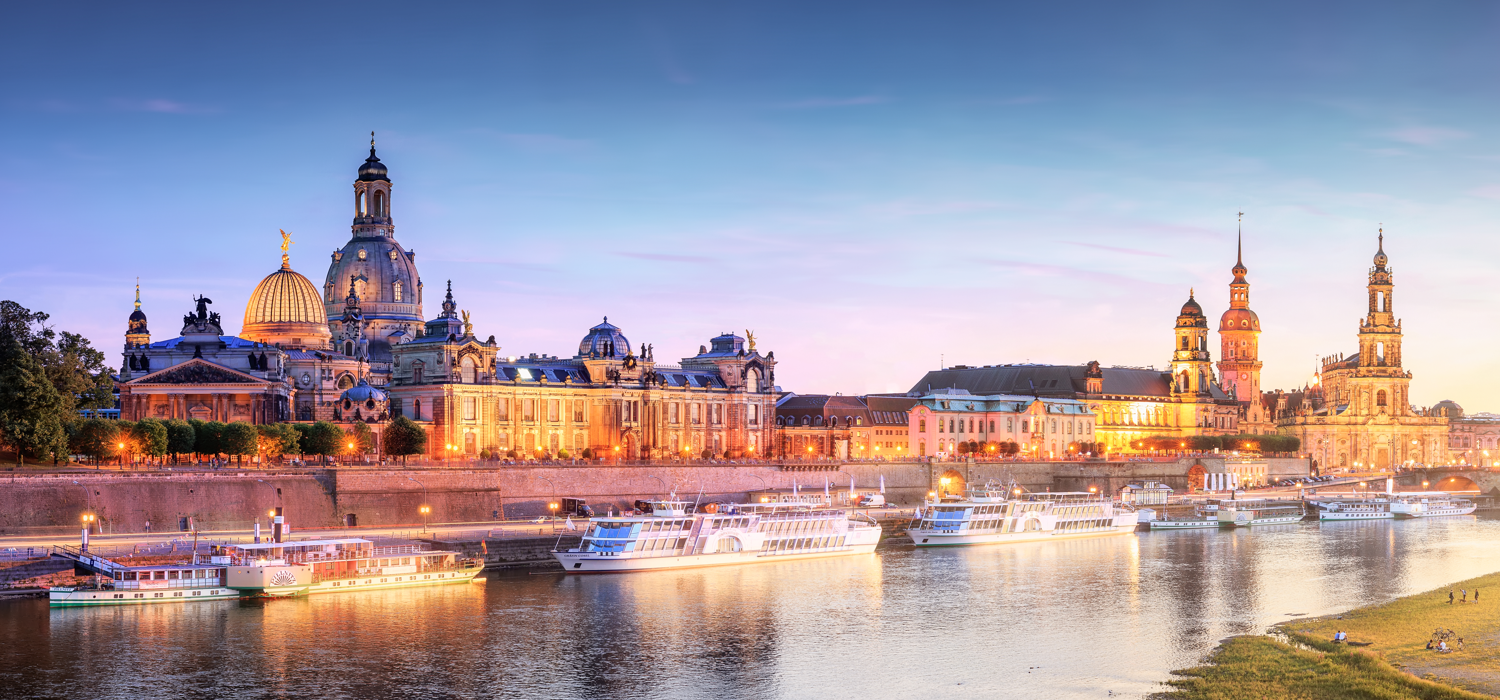
Dresden's history dates back to the Stone Age, with the first documentary mention dating back to 1206. Over the centuries, Dresden developed into an electoral and later royal residence. During the Second World War, the city suffered considerable destruction due to heavy bombing. After the reunification of Germany in 1990, Dresden was once again named the capital of the Free State of Saxony and numerous historic buildings were restored. Dresden, often referred to as the “Florence on the Elbe”, owes this nickname to its impressive art collections, Baroque and Mediterranean-influenced architecture and its picturesque location in the Elbe valley. The city is an important transportation hub with freeways, long-distance train stations, an inland port and an airport.
A particularly famous view of Dresden is the so-called “Canaletto view”, named after the Venetian painter Bernardo Bellotto, known as Canaletto. In the 18th century, he created extremely realistic city views of Dresden, which can be admired in museums around the world today. Canaletto used a camera obscura to create true-to-life drawings, which he then transferred to canvas.
Dresden is not only a center for innovation and cutting-edge technologies, but also a place of great historical and cultural significance. The city unites past and present in a unique way and remains a fascinating destination for visitors from all over the world.
































